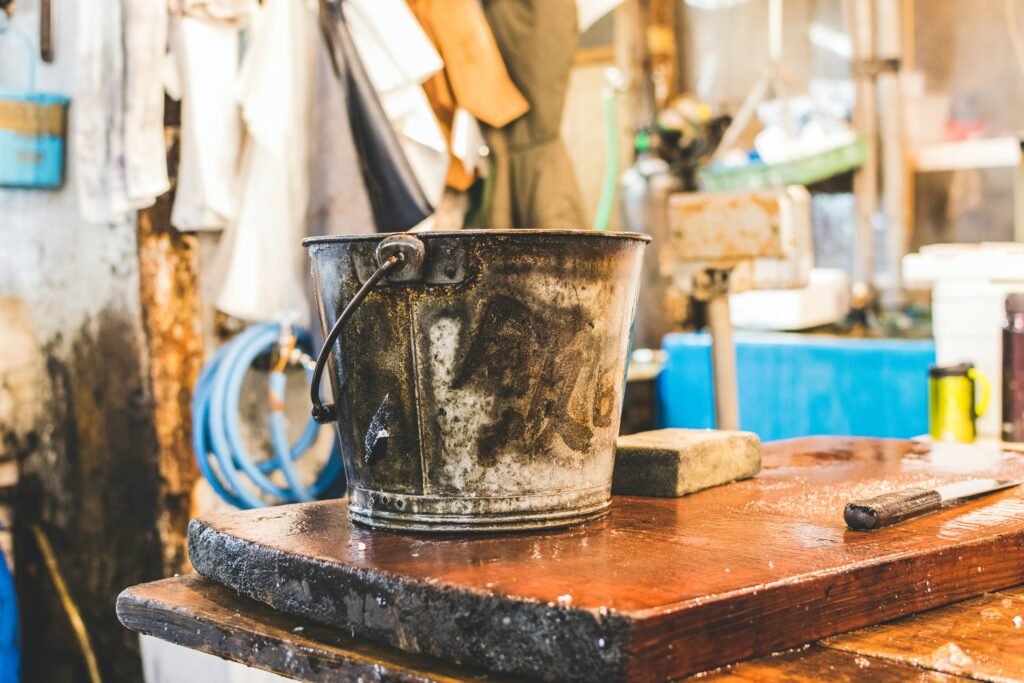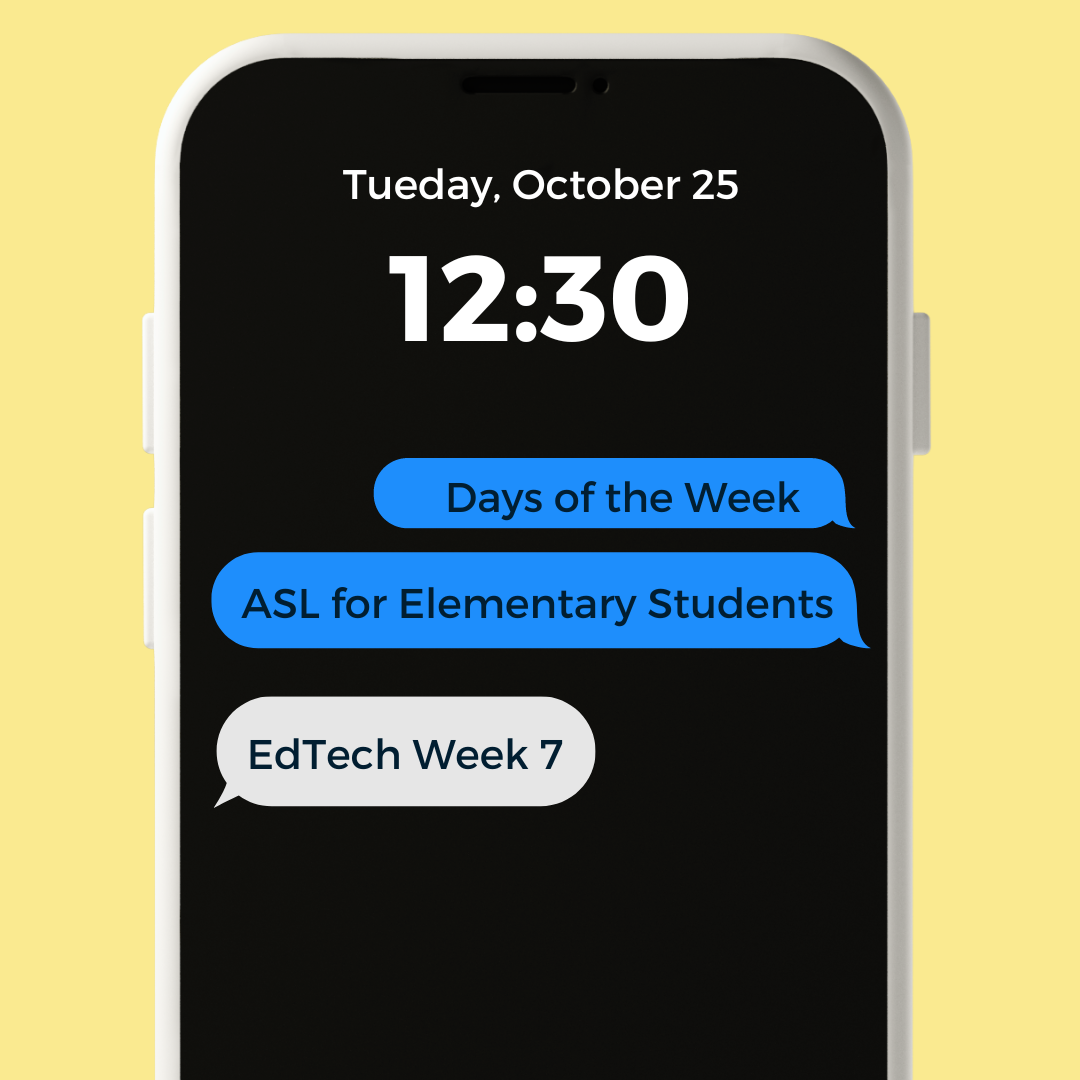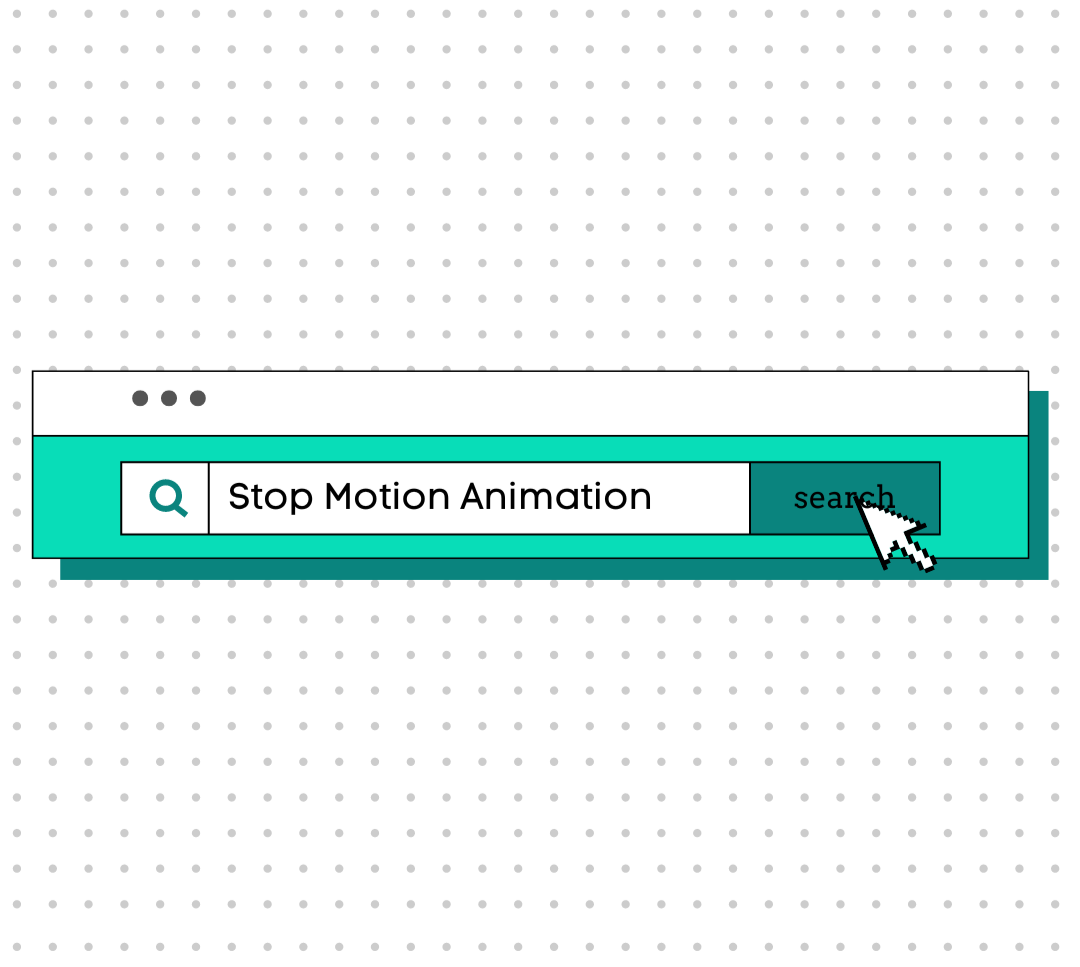Makerspaces!!!
A Boost in Creativity
This week our class was introduced to a new way teachers can help their students exercise their creativity and learn new skills: providing a makerspace. Before this week, I didn’t even know this concept existed. I wasn’t sure how these spaces would work realistically in a classroom, but after spending some time researching and visiting a real makerspace, I’m all in.
Introducing New Technology to Students
As I navigate through this course, I am learning I have quite the passion for technology. I love finding new ways to use tech, and using online tools comes quite naturally to me. I’ve been thinking about how I might use these new-found skills as a teacher one day. Used in the right way, technology can provide a huge advantage for teachers, but tech is never perfect and there are many snags you might run into. I experienced this first hand during our In-Situ at Gordan Terrace Elementary School last Tuesday. Our class was tasked with teaching first grade students how to use the Epic!Books website to interact with reading materials online. I familiarized myself with the website the week prior and I was fully prepared to teach these students how to use it, or atleast I thought I was.
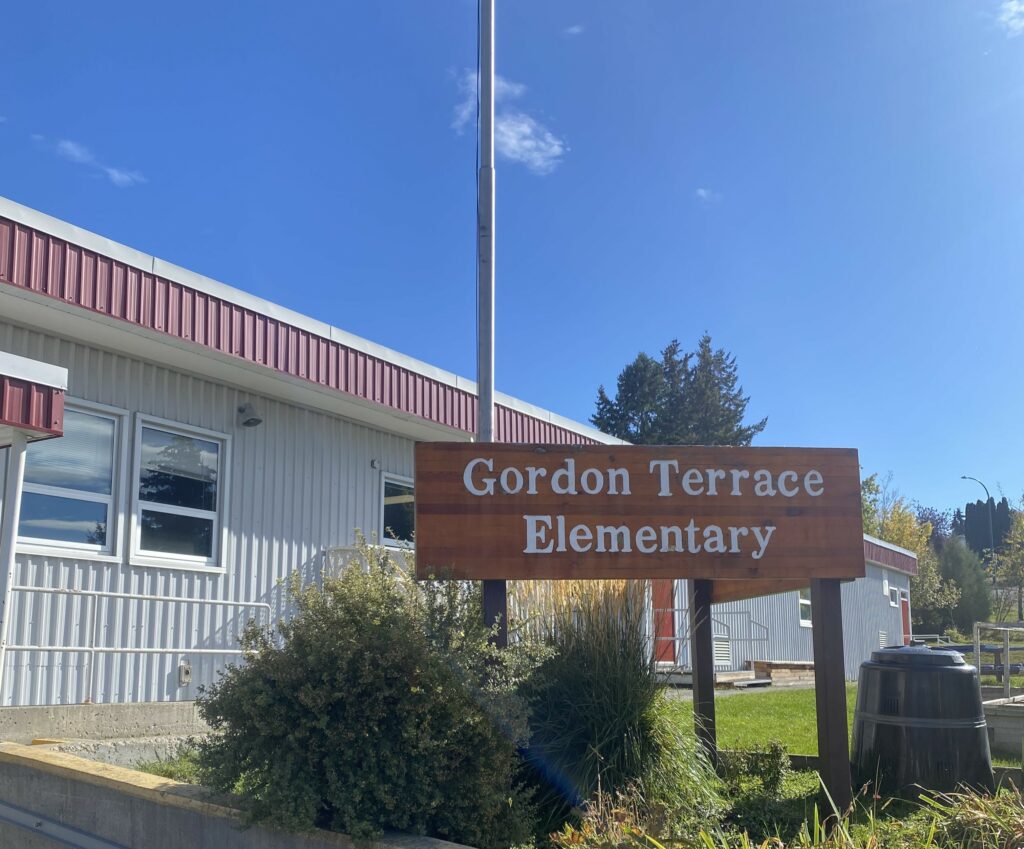
This is where the downsides of technology come into play. It didn’t matter how prepared I felt, how well I knew the material, or how much I practiced the presentation; it all came down to whether or not the technology would fulfill it’s end of the deal — spoiler alert: it didn’t. To introduce the first graders to Epic!, we each used a laptop belonging to the school. While a class set of laptops is an amazing resource to have access to, they require a little bit of attention to remain useful. Each laptop must be individually powered up, logged-in, logged-off, and plugged back into a charging port after use. I immediately ran into a problem after selecting one.
I learned very quickly why it is never a good idea to fully rely on technology for your lessons. Instead of jumping right into the activity, I had to spend a significant chunk of valuable teaching time waiting for our computer to load. I felt a sense of panic; I didn’t expect this and I definitely did not prepare for 15 minutes of technical difficulties. I spent this time talking with the two students I was assigned to. I asked about their favourite animals, colours, movies, and their favourite things to learn about. Luckily the time wasn’t a complete waste, as we used it to find a common interest in puppies- which was the book topic we searched for when our computer finally loaded.
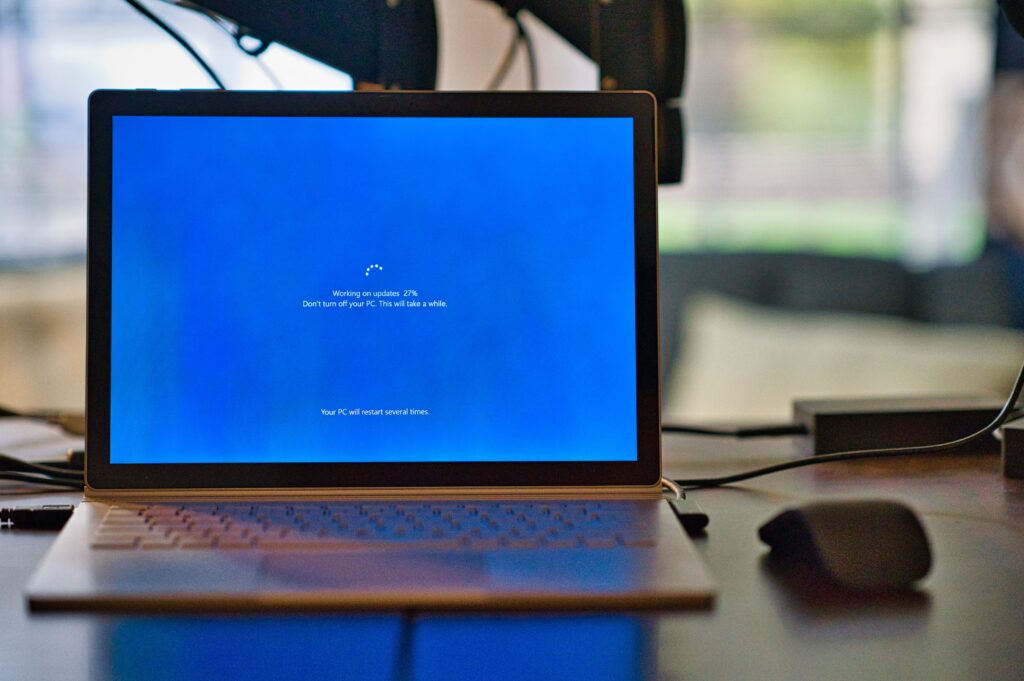
Although the technical difficulties I experienced last week were frustrating, they did not sway my opinion on the value of technology’s role in education. The two students I worked with were fully engaged reading about puppies. We talked about the different breeds, colours, and sizes of the puppies we read about, and they both chirped in often with connections about their own pets and experiences. They were excited to interact with the technology and use the touch-pad to flip through pages, and when they finished a book they were eager to look through the “read next” recommendations.
Their excitement to interact with the website using the laptop seemed to match up with their interest in the reading materials. They could zoom in on pictures, click on the words they didn’t know, and even have the story read itself outloud. I noted this and wondered if the reaction and engagement would increase if using a touchscreen gadget. This made me wonder, would it be more beneficial to invest in a class set of laptops or iPads/tablets?
Technology in the Classroom
Makerspaces
Something I noticed this week was the level of engagement the students demonstrated when being able to work in a hands-on manner with new technology. It caused a spike of interest in the students, even though all we were doing was reading. They were excited to try something new, which brings us to the topic of makerspaces. During our visit to Gordan Terrace Elementary, we were given the opportunity to explore their brand new makerspace. This was my first time being inside a makerspace, and almost immediately my brain starting producing ideas for how I can work some of this into my future classroom.
What is a Makerspace?
makerspace noun
mak· er· space
variants or less commonly maker space
a communal public workshop in which makers can work on small personal projects
(Merriam-Webster, n.d.)
I thought a lot about how I can use this new knowledge, and I decided I would like to take some of the features of a makerspace and implement them into my classroom — a makercorner. I think its important to provide students with the opportunity to experiment with new things, and having those things in your classroom is a great way to start. I would encourage my students to take on a free inquiry-style project, and provide them with the materials, technology, and space to do so.
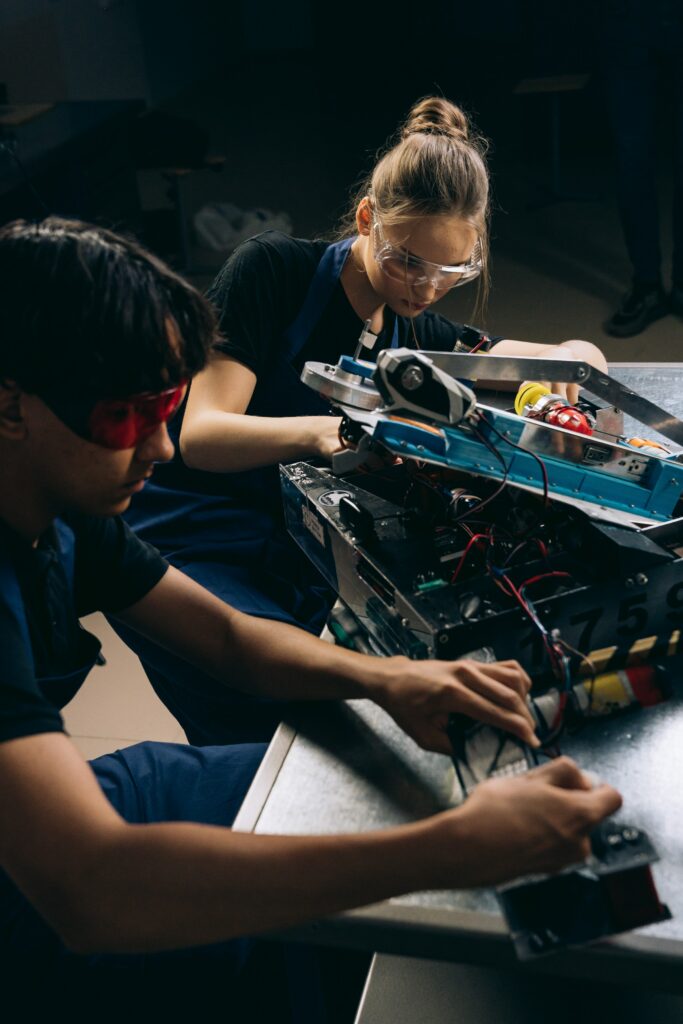
Soft Skills Development
The opportunities for makerspaces seem to be endless, and so do the benefits. I found the concept of makerspaces to be closely connected to some of the topics dicussed in the Most Likely to Succeed documentary. Providing a designated area for students to work on projects of their own interest is bound to support the development of soft skills. Creative thinking, perseverance, confidence, and critical thinking are all skills students must employ at some point while workshopping their projects. These spaces can also serve as an area where students can find a peaceful moment in their day and destress while working on a project they enjoy. This also opens the door for students to explore new areas of interest, and find different passions.
Merriam-Webster. (n.d.). Makerspace. In Merriam-Webster.com dictionary. Retrieved October 13, 2022, from https://www.merriam-webster.com/dictionary/makerspace
